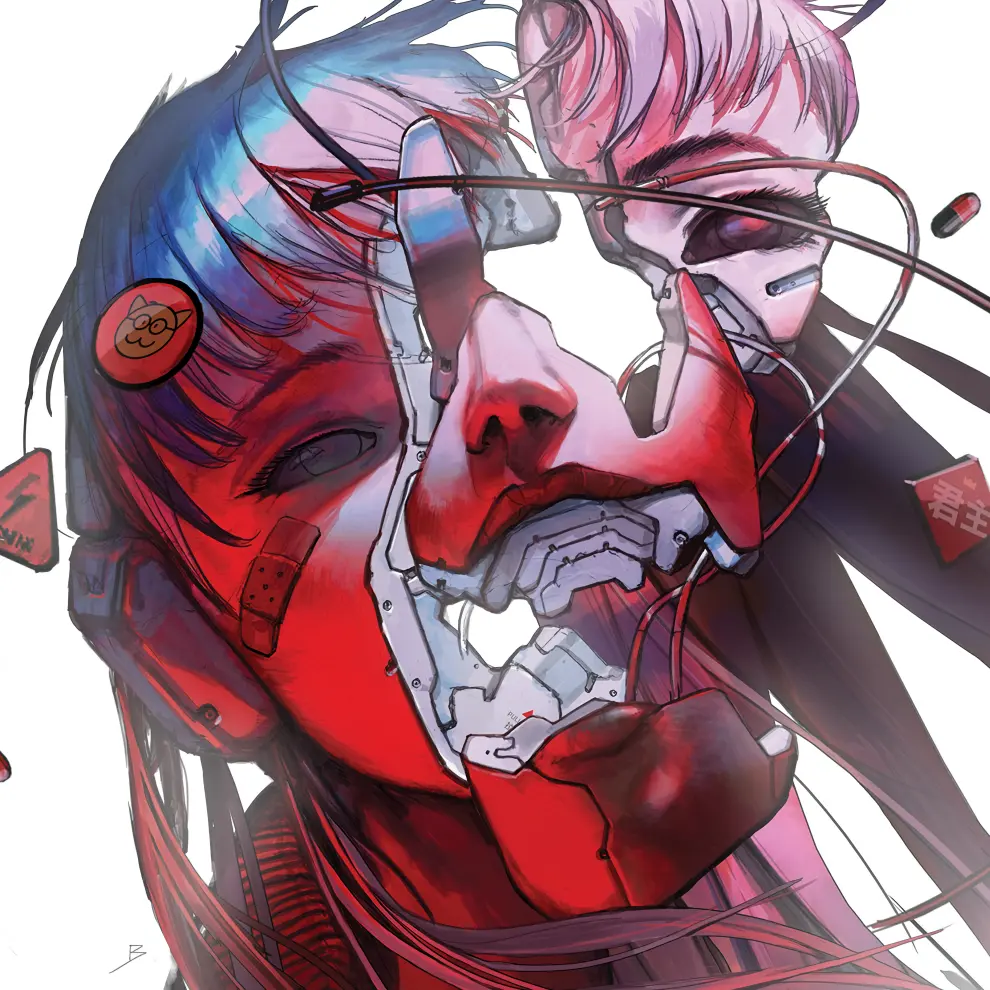Title.
You might’ve heard the fancy term ludonarrative dissonance, which describes something a lot of modern games suffer from. It’s the way games often tell stories that don’t fit within their gameplay loops. How a character can take 20 shots to the head in gameplay, and then die from a single wound in a cutscene. Or how in the story, characters can act like people who would never do the things they do do in gameplay.
This conflict doesn’t actually ruin a game most of the time. But the pictured game is one which is renowned for showcasing what can be done when gameplay is used as a narrative device, reinforcing rather than conflicting with the story. Using every element of a game in concert.


Super Meat Boy is the first that popped into my mind. Not for the story, but the aesthetic and gameplay go hand in hand. Your character is rushing around the screen, dodging (or attempting to) all sorts of metal blades and spikes to reach the exit. As you move and jump off of walls your meaty body leaves a trail of red everywhere you go, and if you hit a blade you shower the area with it. If you win you see the path you left through the level in a very cool way, and the sound effects you make when leaving the meat trail sell the squishiness of your body.
The cartoonish and over the top gameplay goes hand in hand with the cartoonish and over the top graphics and sound.